Rice paddies, floating markets, and conical hats have visually defined Vietnam over the years. But there are so much more insights! This Southeast Asian gem has recently gained interest from wandering souls for its stunning natural landscapes, untouched ecological reserves, crystal-clear beaches, and exquisite cuisine.
Sites such as Halong Bay, Hoi An's Old Town, and Phong Nha-Ke Bang National Park have earned their place on UNESCO's prestigious World Heritage list. Pho and banh mi are extremely beloved, they’ve earned spots in global lexicons. Phu Quoc has become a must-visit island as well for its sheer beauty.
Vietnam strikes the perfect balance between comfort and authenticity, making it one of the most compelling destinations in Asia.
The ease of travel in Vietnam, combined with its natural beauty and dynamic culture, makes it a journey you'll never forget. If you’re seriously looking forward to booking a flight to Vietnam anytime soon, especially as a first-timer, you’d probably have loads of questions in your mind.
Fret not! Keep scrolling down to read this edition of our Vietnam guide.
How can I acquire a tourist SIM card?
This is a breeze, and you'll find numerous vendors eager to help you the moment you step past immigration at any international airport. The top providers to consider are Mobifone and Viettel, and you'll also find authorised carrier shops that offer SIM cards specifically for tourists.
For a SIM card that allows you to top up with data, simply head to a mobile carrier's retail outlet which is plentiful in the major cities. Be sure to bring your passport along, as the representatives at these shops typically speak some English and will assist you in selecting and installing your new SIM with the perfect plan for your needs.
Just a quick word of caution: avoid purchasing SIM cards from unofficial vendors outside of airport or carrier-authorised locations, as this may open you up to potential scams.
Is it easy to get around Vietnam?
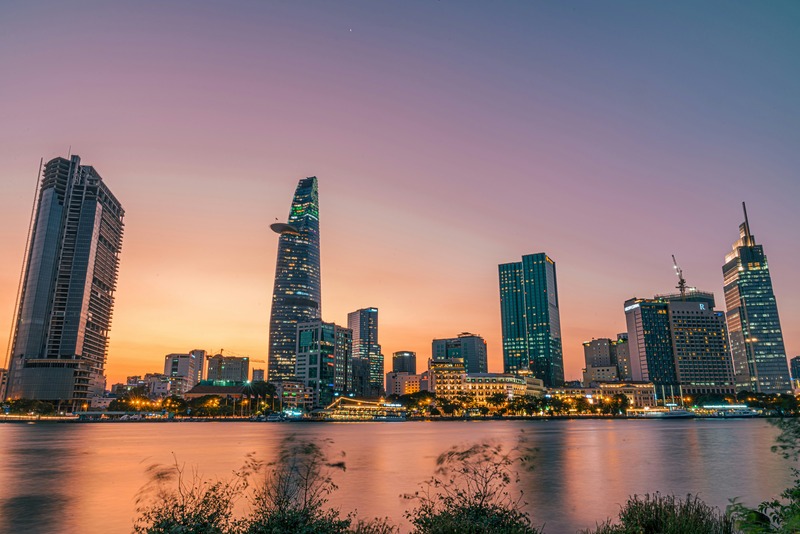
It’s an absolute delight regardless if you're zipping through the lively streets of its bustling cities or embarking on a scenic cross-country adventure. Make Google Maps and Google Translate your best friends. Solo travellers and groups alike will find these apps invaluable tools, especially in rural areas where English is less commonly spoken. The warmth of the locals and the well-connected infrastructure will also be on your side; you'll have no trouble finding your way and discovering the hidden gems of this magnificent country.
Travelling within cities
Grab is your ultimate companion in the cities. Grab’s sleek car and thrilling motorbike taxi ensure a smooth and cost-effective ride. Solo travellers are recommended to opt for the motorbike option because of its exhilarating way of navigating the city's sprightful energy. It's also a fun and fast way to feel the pulse of Vietnam as you glide through its vibrant streets. And, thanks to Grab's reliability, it’s a safer and cheaper alternative to traditional taxis, which can sometimes fall prey to scams.
Public buses offer a more authentic, immersive experience. Sure, it might not be the most glamorous option out there but best believe that the bus journey is a front-row seat to the rich tapestry of Vietnamese city life. Keep Google Maps handy to guide you through the bus routes for a seamless and engaging way to explore.
Travelling between cities
Vietnam offers several exciting options. Domestic flights are your quickest bet, though they can be on the pricier side. Vietnam Airlines delivers top-notch service, while Vietjet offers more affordable flights without compromising convenience.
Stretch your legs and soak in the scenery with the cross-country bus system. Sleeper seats are available - allowing you to recline and rest throughout the journey. The Vietnamese national rail system, moreover, is a scenic and peaceful ride along the North-South route, where you’ll be treated to views of Vietnam’s mesmerising landscapes.
Private cars are the way to ultimate convenience, particularly for group travel. Plus, Grab can easily arrange a private car ride for you - talk about keeping it affordable and seamless!
What should else should I treasure while fully immersing myself?
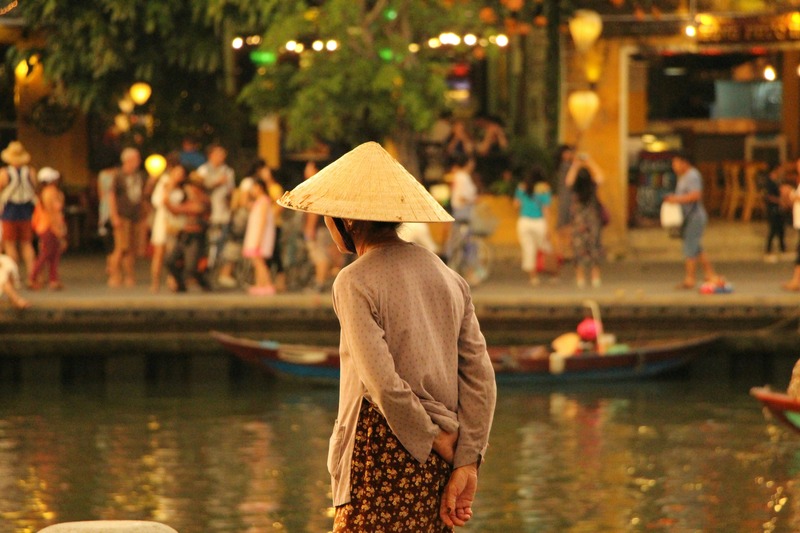
There are general variables to keep in mind when you’re travelling to Vietnam. You don’t want to experience some sort of disaster, right?
Embrace local customs and etiquette
In Vietnam, as in much of Asia, politeness and respect are essential values. Modest attire is a must while visiting temples and always remember to remove your shoes when entering a home. These simple, thoughtful gestures will help you connect more deeply with the culture and make your experience all the richer.
Choose bottled water and be selective with street food
Though the street food scene in Vietnam is nothing short of legendary, it’s wise to steer clear of tap water—bottled is your safest bet. Street food is an integral part of the Vietnamese experience, but for peace of mind, observe the crowds and opt for the vendors the locals frequent, as their choices can guide you toward the best and safest culinary treasures.
Read also Taste of Authentic Vietnam: Must-try foods
Learn a few Vietnamese words
While English is commonly spoken in urban centres, taking the time to learn a few basic Vietnamese phrases will undoubtedly endear you to the locals. A simple “hello” or “thank you” in Vietnamese shows respect and effort, and it will undoubtedly pave the way for warmer interactions and connections throughout your journey.
Pack smart
Layer up, no matter the season! Vietnam’s climate is as dynamic as its landscapes, with weather that can shift dramatically within a short distance. Doesn’t matter if you’re soaking in the lively city life or exploring the serene countryside. It’s wise to pack layers to stay comfortable through all the changes the country has to offer.
Prepare for the thrilling traffic chaos
Traffic laws seem to exist more as guidelines than rules in the buzzing streets of Ho Chi Minh City and Hanoi. So, expect an exuberant (and sometimes chaotic) atmosphere on the roads. Be cautious when crossing streets—moving with the flow of traffic rather than waiting for a break. Make sure you’re an experienced motorbike rider if renting one is considered. Navigating the roads requires a certain level of expertise.
What are the most common scams?
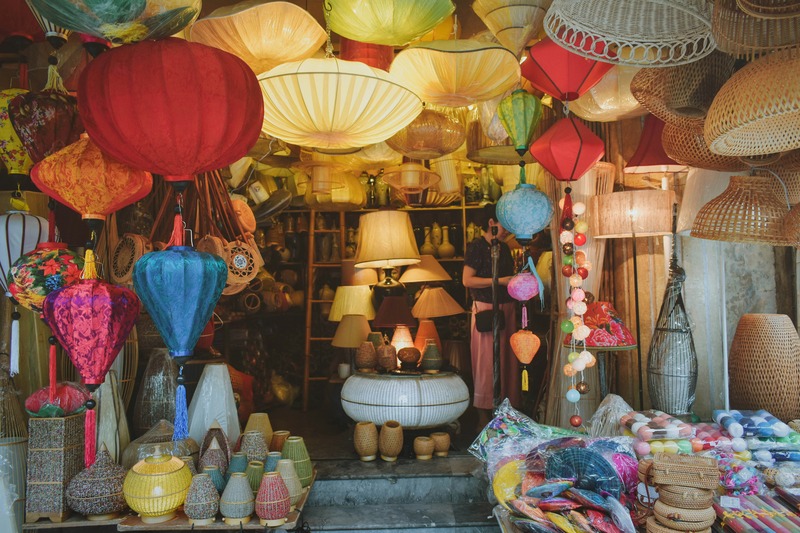
Scams are an unfortunate reality for some tourists in Vietnam, but just like petty crime, they can easily be avoided with a bit of awareness. Here are some common scams and tips for sidestepping them:
Overcharging
Vendors might charge you far more than an item is worth, or you might unknowingly face an inflated bill for a meal. Hence, always make sure the price is clearly listed for anything you buy, whether it’s a trinket at a market or a delicious dish at a restaurant.
Photos
A street vendor might offer to pose for a photo with you and then try to charge an exorbitant fee for the privilege. Politely decline any photo requests that come with unexpected fees, particularly if the charge feels unreasonably high. Remember, saying "no" to these scams is perfectly acceptable, and you have the right to stand your ground!
Shoe shining
A person, often in a park, will offer to shine your shoes and then demand an absurdly high price. Simply decline their offer, and if they persist, don’t be afraid to firmly push away your foot or raise your voice to make it clear you're not interested.
Taxi
A taxi or motorbike taxi takes you on a longer route than necessary, inflating the price on the metre. To sidestep this, use reliable ride-hailing apps like Grab or Xanh SM due to their transparency and indeed, peace of mind.
When is the best time to visit Vietnam?
It truly depends on two variables: where you're headed and your personal preferences. Vietnam’s vast length – stretching nearly 1,650 kilometres from north to south – ensures a wide variety of weather patterns.
It’s best to avoid stormy seasons, especially in Northern and Central Vietnam, where heavy rains can lead to floods, mudslides, and road closures. While Southern Vietnam’s monsoon season (June-November) is less disruptive, it’s best to plan around these months.
In the north, cool and dry weather prevails from September to November and March to April, offering the perfect conditions for exploring Hanoi, Sapa, and Halong Bay. Central Vietnam shines from April to August, with sunny skies perfect for beach lovers. Meanwhile, Southern Vietnam’s optimal travel period is from October to April, when the rains ensure the Mekong Delta is at its most navigable.
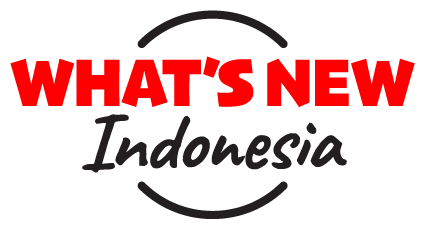


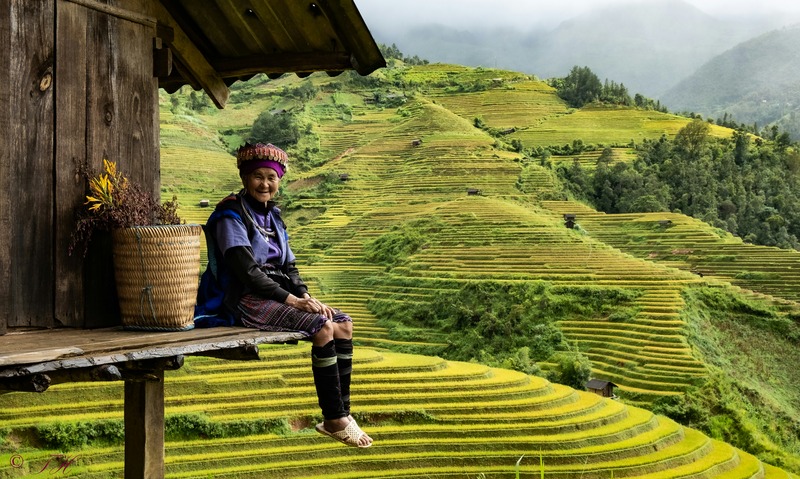
 Mirella Pandjaitan
Mirella Pandjaitan
 Dec 20, 2025
Dec 20, 2025